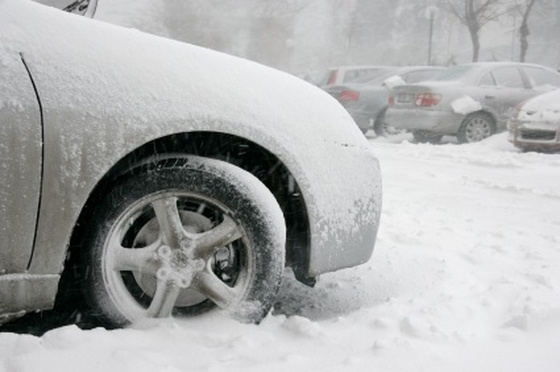Jeanne M. Salvatore, Senior Vice President and Consumer Spokesperson for the Insurance Information Institute, has said, "Faced with a number of choices, some [vehicle] renters either purchase all of the coverage or they decline the insurance without knowing if they are covered by other policies. This can result in either wasting money by purchasing unnecessary coverage or having gaps in coverage, making the driver dangerously uninsured."
This is the first tip that will help ensure you have sufficient insurance coverage while avoiding costly mistakes:
1. KNOW YOUR CURRENT COVERAGE
Before renting a car, the I.I.I. suggests making two phone calls: the first one to your insurance agent or company representative to establish what coverage you already have through your auto and/or homeowners/renters policy.
- Find out how much coverage you currently have on your own car. In most cases, whatever coverage and deductibles you have on your car will apply when you rent a car, providing you are using the car for personal use and not for business.
- If you have dropped either comprehensive or collision on your own car as a way to reduce insurance costs, you will not be covered if your rental car is stolen or damaged in an accident.
- Check to see if your insurance provider pays for administrative fees, loss of use, or towing charges. Some companies may provide an insurance rider to cover some of these costs, which would make it less expensive than purchasing coverage through the rental car company.
Your second call should be made to the credit card company you will be using to pay for the rental car. You can find out this information by calling the toll-free number on the back of the card you plan to use.
- Insurance benefits offered by credit card companies can vary widely, and can be determined by the company and/or bank that issues the card, as well as the level of credit card used (a platinum card may offer more coverage than a gold card).
- Credit cards usually only cover damage to or loss of the rental car, not for other cars, personal belongings, or the property of others. There may be no personal liability coverage for bodily injury or death claims. Card company policies can change over time, so you may not have as much coverage as you initially planned on.
- In most cases, credit card benefits are secondary to either your personal insurance protection or the insurance offered by the rental car company.
Our next post will highlight the coverages offered by rental car companies, and when you should accept or decline their insurance coverage.
For any questions regarding rental car insurance, or any other auto, home, business, or life insurance coverages, please contact us at ALINK Insurance Services. We can help!








 RSS Feed
RSS Feed
